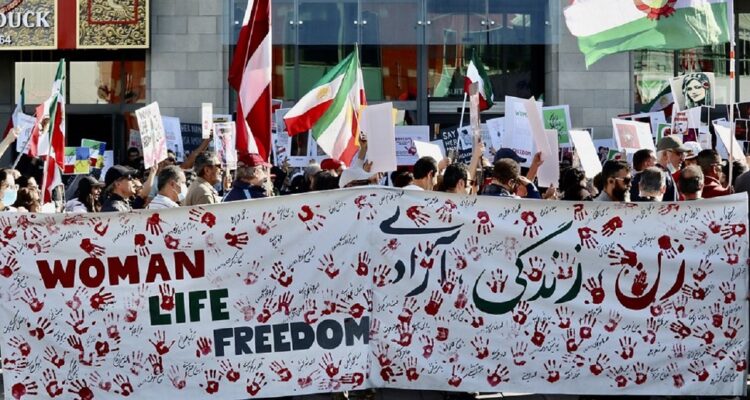Modern Iran has seen its fair share of protests in the search for women’s rights. This time, while the demands are the same, the momentum is something new.
Throughout history, women have stood up for their rights in different parts of the world. As women experience more repression, the intention to make changes by women has been on the rise, most conspicuously in the Middle East. The recent protests in Iran exemplify women rising for their rights. The death of Mahsa Amini by the morality police while in custody triggered protests by Iranian and non-Iranian people worldwide. Women commenced walking without the mandatory scarves and cutting their hair in the streets to oppose the Islamic Republic. Some scholars argue that this protest and its implications are new.
Ali Ashtari, for instance, asserts that the new generation is evidently distinguishable from the “nondescript” and “timid” past generations. The current protests are distinct compared with the protests in 2009, which were accompanied by silence. Previously, protesters would request support from the police force by chanting, “Police Force! Support us! support!” The new generation has done away with this trend. They now walk without hijabs in front of the police, protesting bravely in support of each other. Furthermore, it has been noted that the primary source of current protests are neither “economic nor an isolated political decision” as before. Rather, as Mehdi Khalaji argues, they indicate a more profound opposition to the entire totalitarian system of the Islamic Republic, and the suffocation of the people in all aspects.
Going beyond these authors, I argue that the unification of men and women as a result of both gendered oppression and economic and political crises has empowered women’s activism in Iran.
Read the article by Niloufar Baghernia in Australian Outlook from the Australian Institute of International Affairs.

